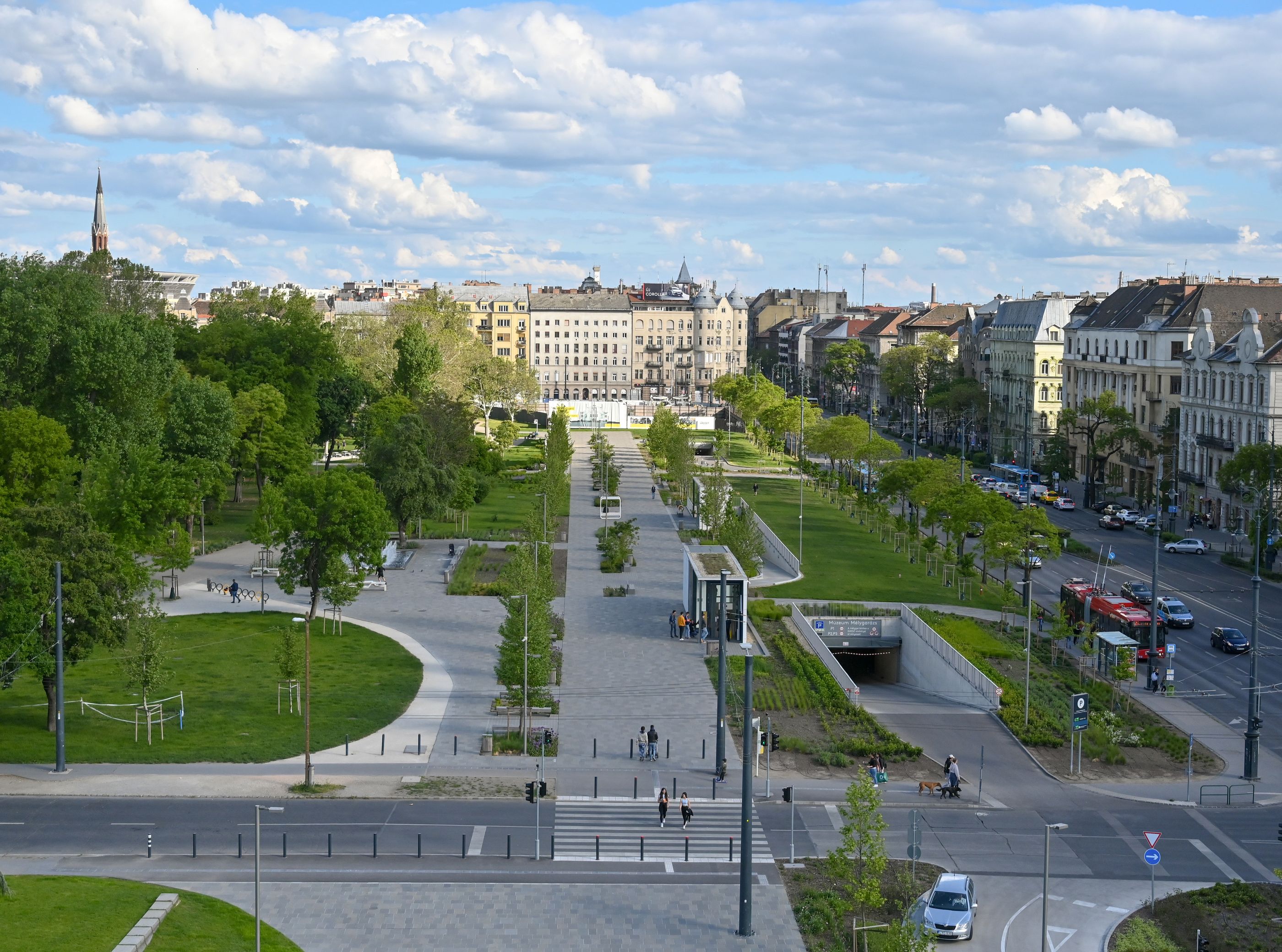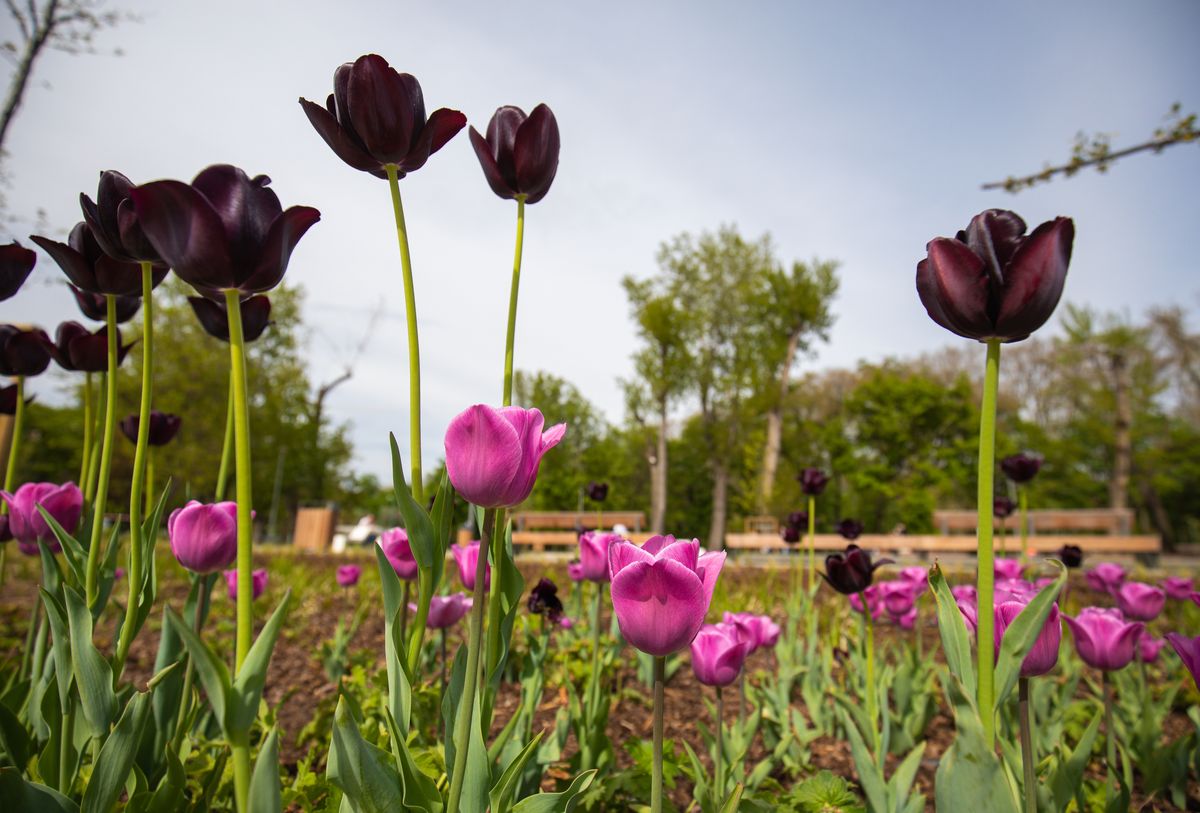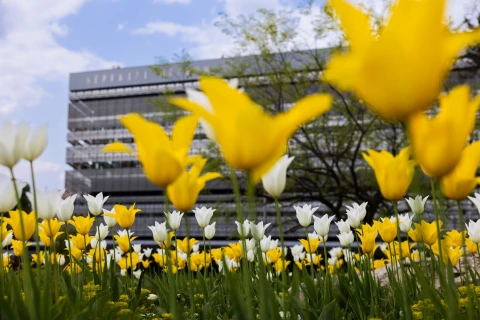
Promenade
The extended green area of the City Park

Musical Fountain
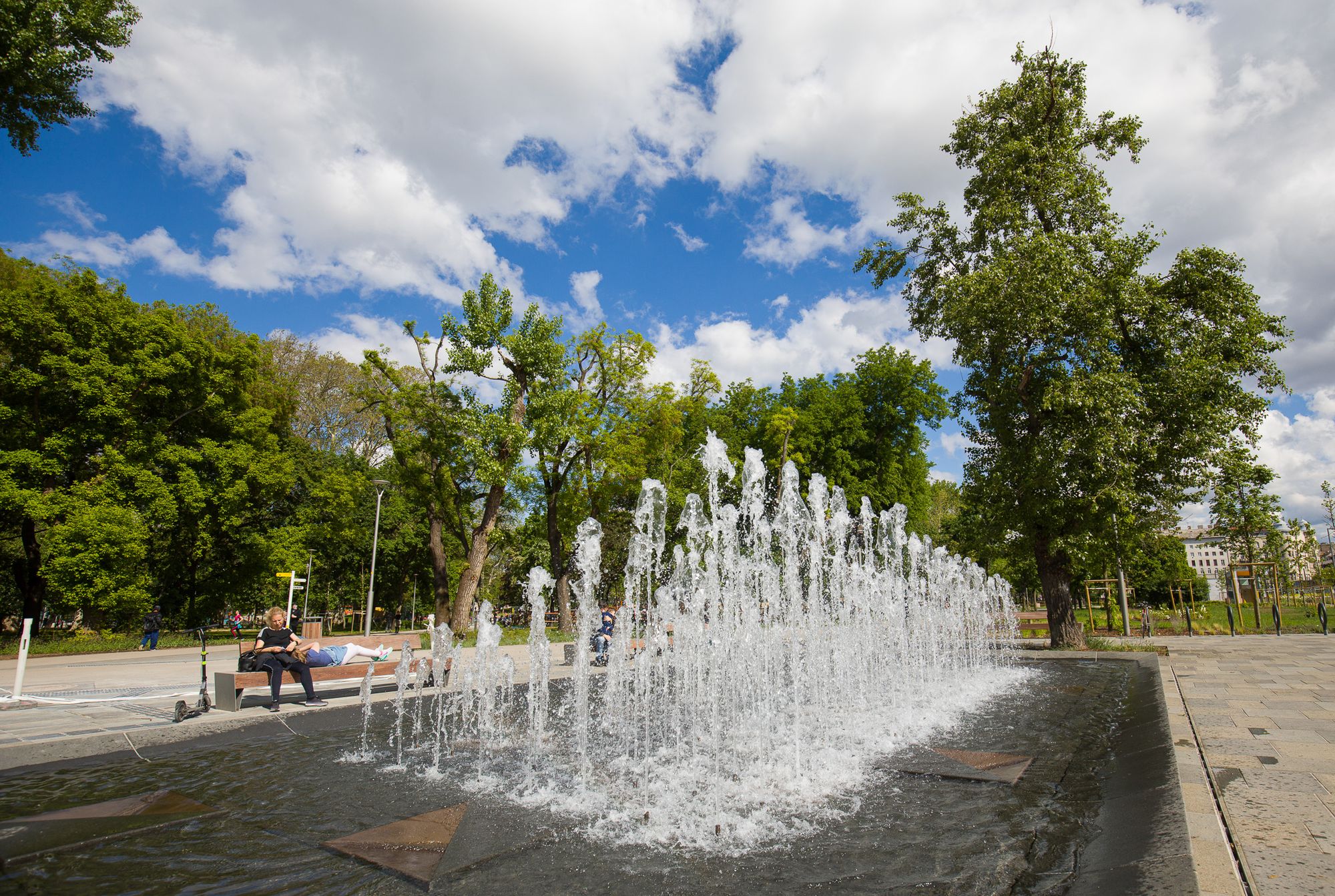
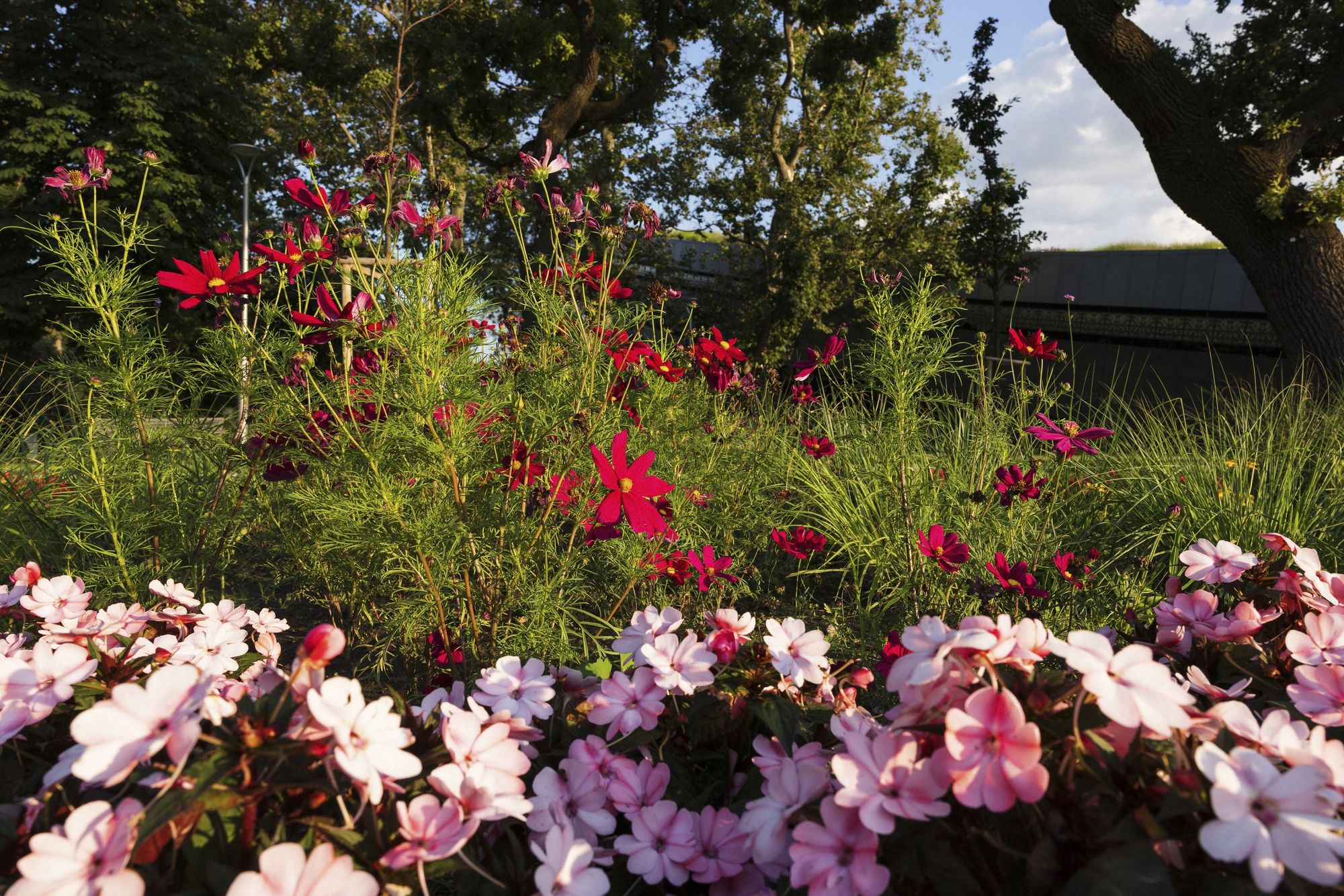
.jpg)
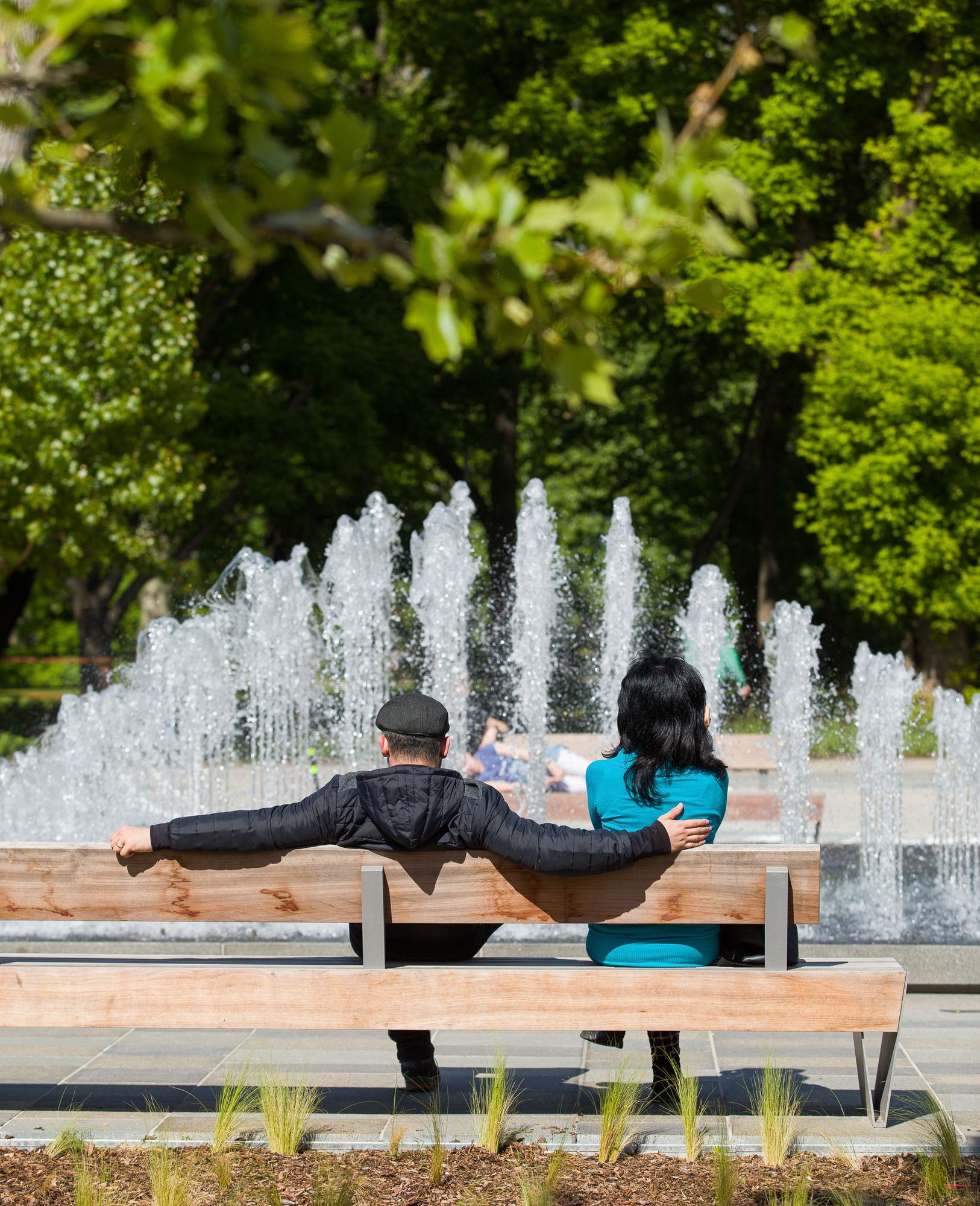
.jpg)
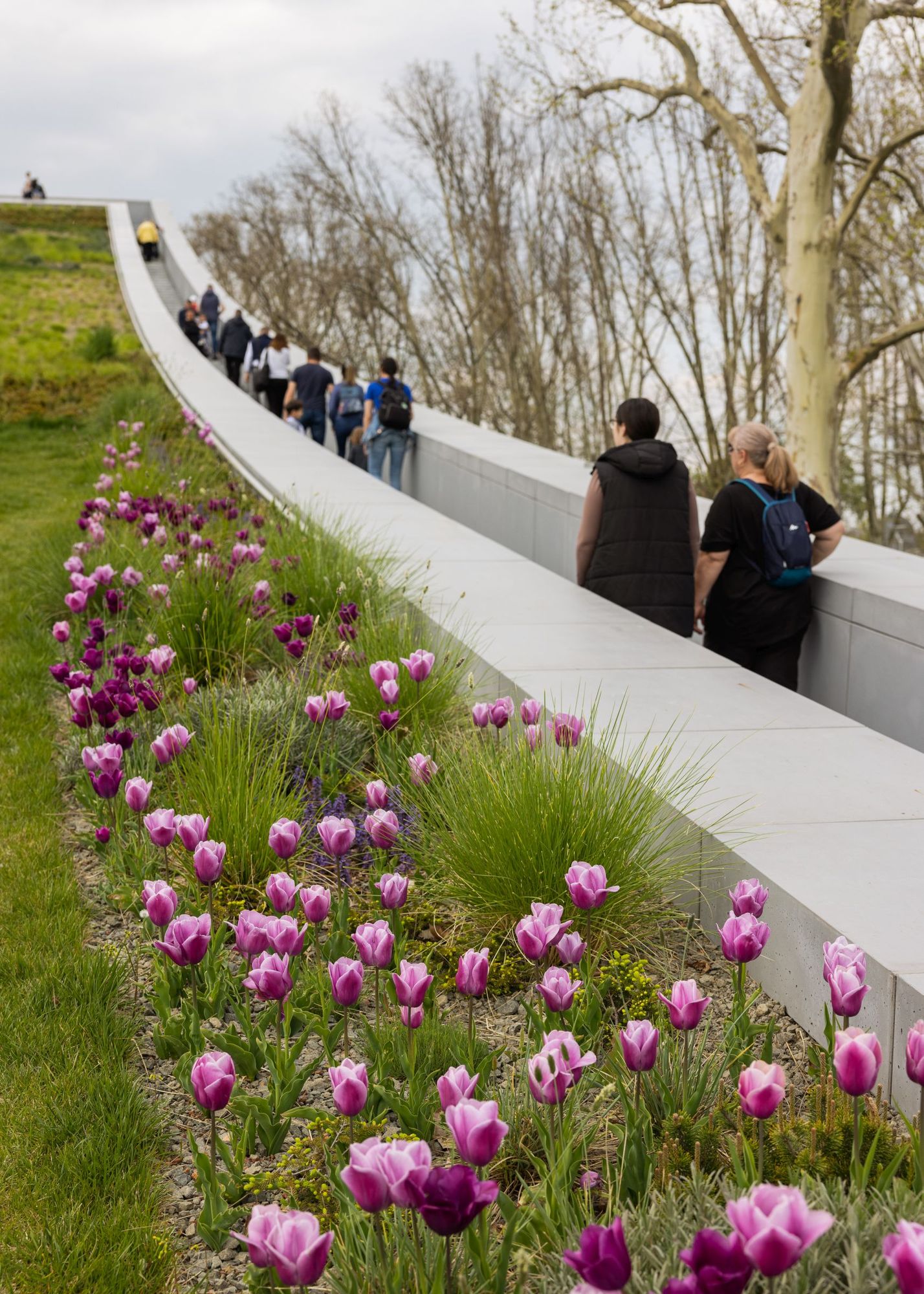
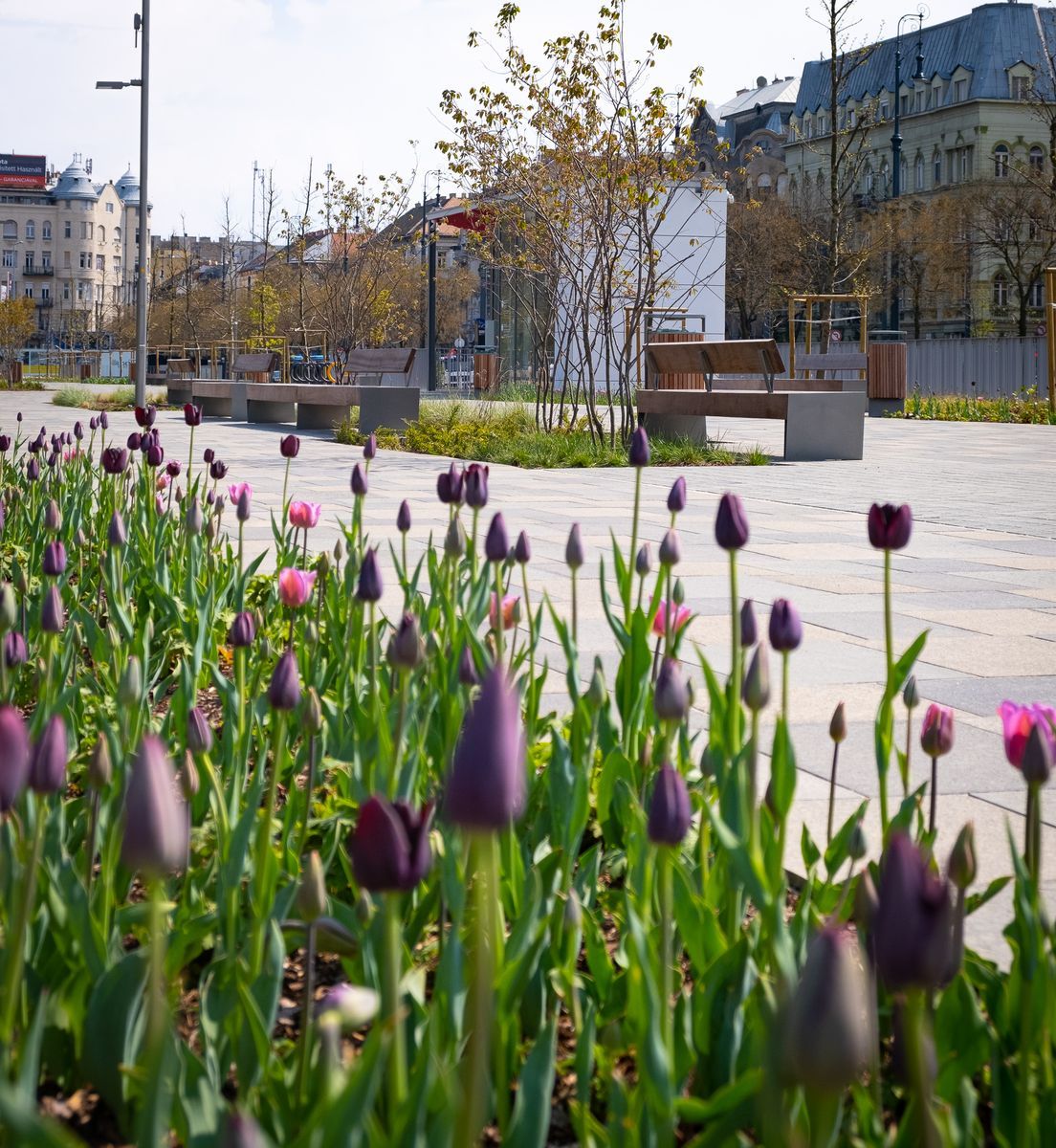
There is just so much music in the City Park. Further along the Promenade you will come across a smart bench that brings together music and state-of-the-art technology: it plays the works of Frédéric Chopin and Franz Liszt. You can use its interactive display to play your favourite song from the masterpieces of the two composers at any time. Moreover, the bench provides information about Hungarian-Polish friendship and artists. Mobile phones and tablets can be wirelessly charged on the seat. The smart bench was initiated and commissioned by the Polish Institute in Budapest to celebrate Polish-Hungarian friendship and cultural cooperation. While sitting on the bench you can listen to the following pieces: Franz Liszt: Ave Maria in E Major (The Bells of Rome) S. 182 F. Chopin: Ballade No.1 in G Minor, Op. 23 F. Chopin: Fantaisie Impromptu Op. 66 Franz Liszt: Hungarian Rhapsody No. 12 F. Chopin: Mazurka No.3 in C Sharp Minor Op. 50
The Promenade walk comes to an end at Ajtósi Dürer Street, from where you can turn left and reach the City Park Sports Centre and the Main Playground, and, behind them, you will see the magical flora of the Mihály Mőcsényi Botanical Garden.
A green promenade replacing a car park

